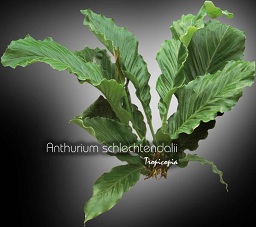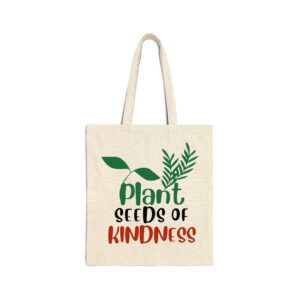Table of contents
Bird nest Anthurium

Latin Name: Anthurium schlechtendalii
Category: Anthurium
Family: Araceae
Origin: Costa rica
Climate: Tropical
Growing Zones: 11
Care Instructions
The Bird nest Anthurium (Anthurium schlechtendalii) is a tropical plant that originates from Costa rica. This anthurium plant belongs to the Araceae family and is well-suited for growing in USDA zones 11.
Complete Care Guide for Bird Nest Anthurium (Anthurium schlechtendalii)
Watering Requirements
The Bird Nest Anthurium thrives in a humid environment, making its watering requirements crucial for its health. It is essential to keep the soil consistently moist but not soggy. Water the plant when the top inch of the soil feels dry to the touch. During the growing season, typically spring and summer, you may need to water more frequently, about once a week. In the fall and winter, reduce watering to every two weeks, as the plant enters a dormant phase. Always ensure that the pot has drainage holes to prevent water from accumulating at the bottom, which can lead to root rot.
Light Conditions
Bird Nest Anthuriums prefer bright, indirect light. Direct sunlight can scorch their leaves, leading to unsightly brown patches. Ideally, place your Anthurium near a window that receives filtered light or in a well-lit room. If the leaves start to turn yellow, it may be a sign that the plant is receiving too much light. Conversely, if the plant becomes leggy or the growth slows, it may not be getting enough light. A balance is key; aim for a location where the plant can receive bright light without being exposed to harsh rays.
Soil Preferences
The ideal soil for Bird Nest Anthurium is a well-draining potting mix that retains some moisture without becoming waterlogged. A blend of peat moss, perlite, and orchid bark works well, providing the necessary aeration and drainage. This mix mimics the plant’s natural habitat, where it grows in the understory of tropical forests. Fertilization should be done during the growing season with a balanced, water-soluble fertilizer diluted to half strength every 4-6 weeks. Avoid fertilizing during the dormant winter months, as the plant’s nutrient uptake slows down.
Pests and Diseases
Bird Nest Anthuriums can be susceptible to common houseplant pests such as aphids, spider mites, and mealybugs. Regularly inspect the undersides of leaves and the stems for any signs of infestation. If you notice pests, treat them promptly with insecticidal soap or neem oil, ensuring to follow the product instructions carefully. Additionally, watch for signs of fungal diseases, which can occur if the plant is overwatered or if humidity levels are too high without proper air circulation. Yellowing leaves and a musty smell can indicate root rot, which requires immediate action to save the plant.
Special Care Tips
To keep your Bird Nest Anthurium healthy and thriving, consider the following special care tips. First, maintain a humidity level of at least 60% for optimal growth; using a humidifier or placing a tray of water with pebbles beneath the pot can help achieve this. Regularly wipe the leaves with a damp cloth to remove dust, which can hinder photosynthesis. Additionally, repot the plant every couple of years to refresh the soil and provide more space for growth. Finally, be patient; Anthuriums can take time to bloom, but with the right care, they will reward you with stunning, long-lasting flowers.








